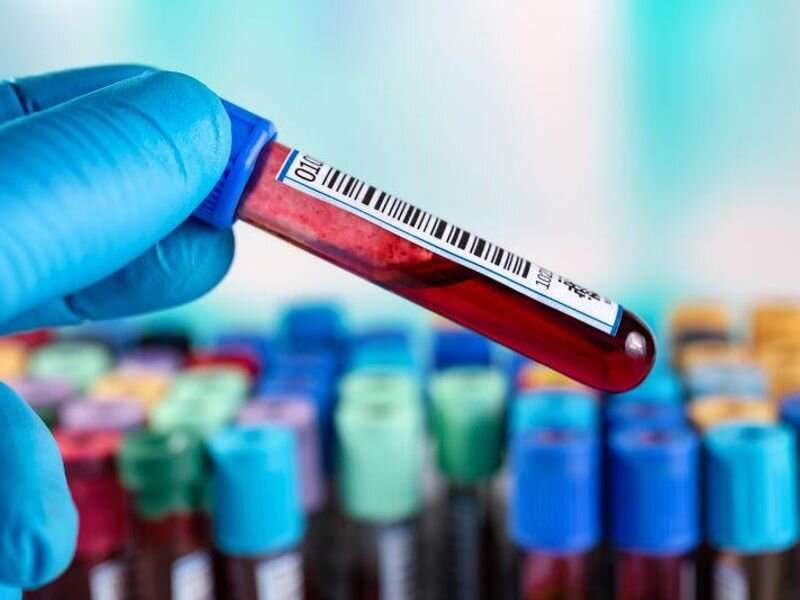For patients with hemophilia B, one infusion of adeno-associated virus 5 (AAV5) vector expressing the Padua factor IX variant (etranacogene dezaparvovec) is noninferior and superior to prophylaxis with factor IX, according to a study published in the Feb. 23 issue of the New England Journal of Medicine.
Steven W. Pipe, M.D., from the University of Michigan in Ann Arbor, and colleagues conducted an open-label phase 3 study involving 54 men with hemophilia B. After a lead-in period (six months or longer) of factor IX prophylaxis, one infusion of etranacogene dezaparvovec was administered, regardless of preexisting AAV5 neutralizing antibodies. The annualized bleeding rate was assessed in a noninferiority analysis, which compared the rate during months 7 through 18 after etranacogene dezaparvovec treatment to the rate during the lead-in period.
The researchers found that from the lead-in period to months 7 through 18 after treatment, there was a decrease in the annualized bleeding rate from 4.19 to 1.51, for a rate ratio of 0.36, indicating noninferiority and superiority of etranacogene dezaparvovec versus factor IX prophylaxis. Factor IX activity increased from baseline by a least-squares mean of 36.2 and 34.3 percentage points at six and 18 months after treatment; posttreatment, use of factor IX concentrate decreased by a mean of 248,825 IU per year per participant. Participants with predose AAV5 neutralizing antibody titers of less than 700 had benefits and safety.
"Our findings suggest that gene therapy may reduce the burden of care and improve quality of life in patients with hemophilia B," the authors write.
Several authors disclosed financial ties to pharmaceutical companies, including CSL Behring, which manufactures etranacogene dezaparvovec and funded the study.
More information: Steven W. Pipe et al, Gene Therapy with Etranacogene Dezaparvovec for Hemophilia B, New England Journal of Medicine (2023). DOI: 10.1056/NEJMoa2211644
Journal information: New England Journal of Medicine
Copyright © 2023 HealthDay. All rights reserved.
























